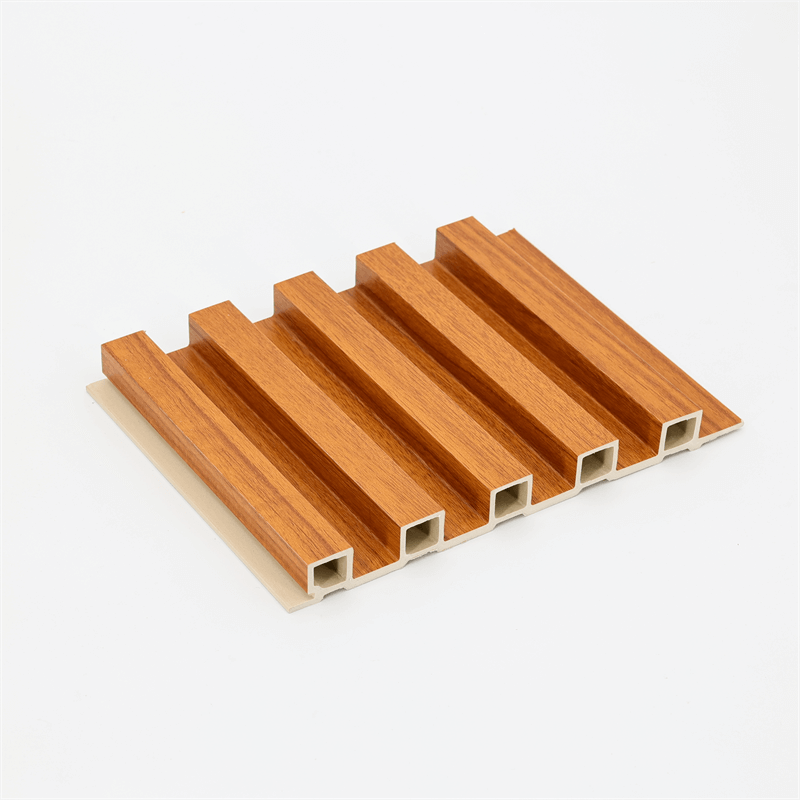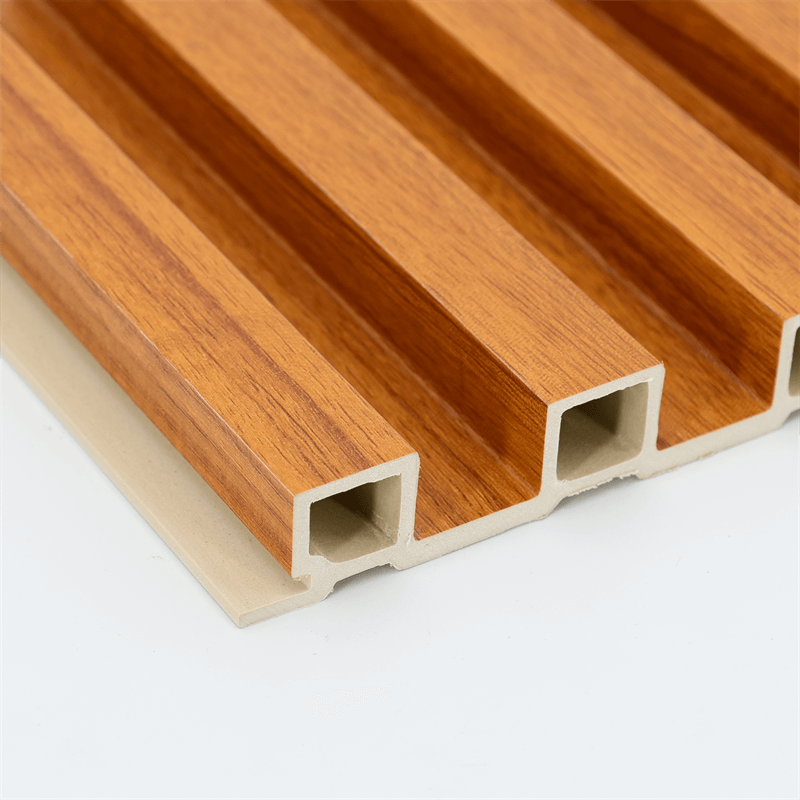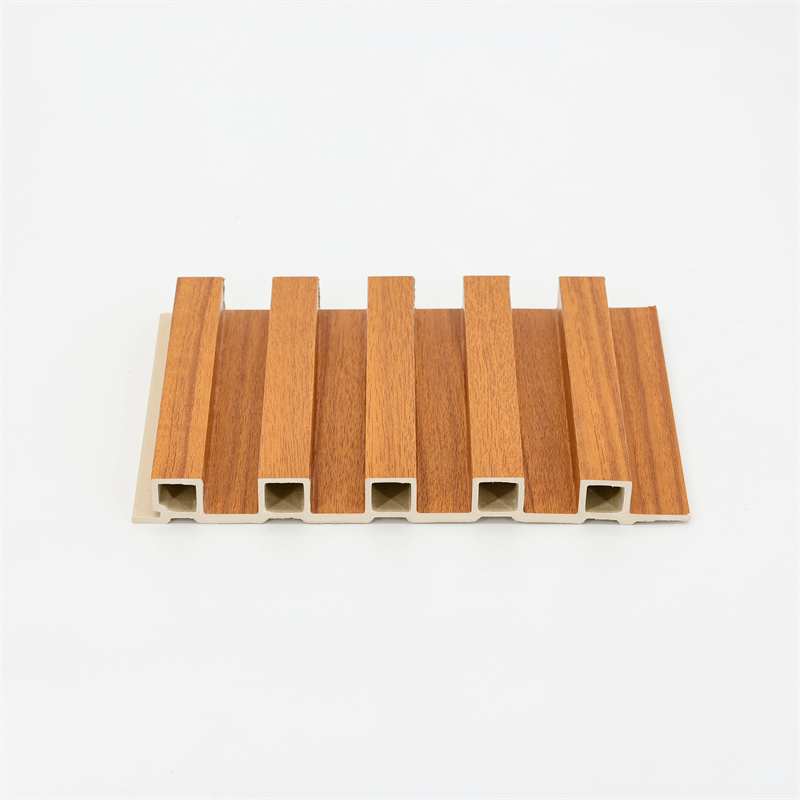
As the world grapples with the challenges of climate change and environmental degradation, the construction industry is seeking innovative solutions to build more sustainably.
In this pursuit, Wood-Plastic Composite (WPC) sandwich panels have emerged as a promising material that holds the key to the future of sustainable architecture.
Combining the advantages of wood and plastic, WPC sandwich panels offer a greener and more efficient alternative to conventional building materials.
In this article, we will explore the potential of WPC sandwich panels in reshaping the landscape of sustainable architecture,
focusing on their eco-friendliness, energy efficiency, design versatility, and potential to drive positive change for a greener future.
WPC sandwich panels represent a transformative advancement in the realm of sustainable architecture.
The inherent properties of these panels, such as their eco-friendly composition, superior thermal insulation,
design flexibility, and long-term durability, position them as a game-changer in building construction.
The use of renewable wood fibers and recycled plastics fosters circular economy practices, reducing the environmental impact of construction projects.
Additionally, the exceptional thermal insulation and energy-efficient features contribute to greener buildings with reduced energy consumption.
The adaptability of WPC sandwich panels allows architects and designers to unleash their creativity, producing visually striking structures that embrace sustainability.
As we delve into the future of sustainable architecture with WPC sandwich panels, it becomes evident that they are leading the way to a more eco-conscious and efficient built environment.
Eco-Friendly Composition: Nurturing Circular Economy
At the heart of WPC sandwich panels lies a composition that embodies the principles of sustainability.
These panels are crafted from renewable wood fibers sourced from responsibly managed forests and recycled plastics, often obtained from post-consumer waste.
By combining these materials, WPC sandwich panels reduce the demand for traditional building resources that deplete natural ecosystems.
The use of recycled plastics in WPC sandwich panels also diverts plastic waste from landfills and water bodies, contributing to environmental conservation.
Embracing circular economy practices, WPC panels exemplify a shift towards a greener and more sustainable construction industry, where materials are continually recycled and repurposed.

Superior Thermal Insulation: Energy-Efficient Buildings
WPC sandwich panels excel in thermal insulation, an essential feature in achieving energy-efficient buildings.
The combination of the WPC core and protective layers creates a formidable barrier against heat transfer,
regulating indoor temperatures more effectively than traditional materials like concrete and metal.
As a result, buildings constructed with WPC panels require less energy for heating and cooling, leading to reduced carbon emissions and lower utility bills.
The thermal efficiency of WPC sandwich panels plays a crucial role in shaping the future of sustainable architecture, where energy conservation is a top priority.
Design Versatility: Unleashing Architectural Creativity
In addition to their eco-friendliness and energy efficiency, WPC sandwich panels offer unparalleled design versatility.
These panels can be easily customized, cut, and molded into various shapes and sizes, allowing architects and designers to unleash their creativity and craft innovative structures.
Moreover, WPC panels are available in a wide array of colors, finishes, and textures, facilitating the realization of diverse architectural styles.
Whether used for exterior cladding, interior partitions, or decorative elements, WPC sandwich panels enable designers to create visually striking and environmentally responsible buildings.

Long-Term Durability: Investing in Sustainable Future
Sustainable architecture is not only about immediate eco-friendliness but also about creating structures that stand the test of time.
WPC sandwich panels possess inherent durability and resistance to environmental factors, ensuring a prolonged service life for buildings.
Unlike traditional wood, which may be susceptible to rot and decay, WPC panels are designed to withstand moisture, pests, and UV radiation.
This characteristic minimizes the need for frequent maintenance and replacements, making WPC sandwich panels a sustainable investment in the future.
The future of sustainable architecture is undoubtedly intertwined with the transformative potential of WPC sandwich panels.
By embodying eco-friendly composition, superior thermal insulation, design versatility, and long-term durability,
these panels are reshaping the construction industry towards a greener and more efficient path.
As architects, engineers, and policymakers seek solutions to combat climate change and promote sustainable development, WPC sandwich panels stand as a beacon of hope.
Their use of renewable resources, reduced energy consumption, and design flexibility position them as a driving force in sustainable architecture.
By embracing WPC sandwich panels, the construction industry can pave the way to a more sustainable future, where beauty,
efficiency, and environmental responsibility unite to shape a better world for generations to come.
